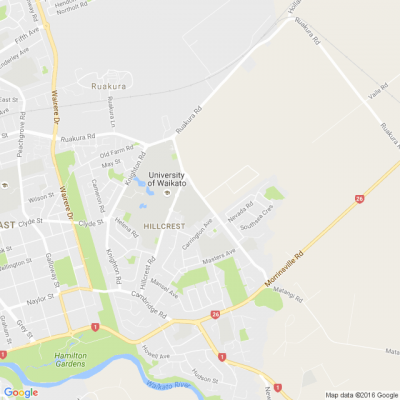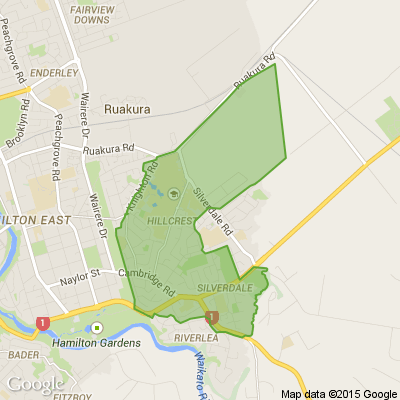
Know what’s happening
Access the private noticeboard for verified neighbours near you. Keep informed about any suspicious activity, send urgent updates to your neighbours when required and discuss emergency planning.
Get to know your neighbours
Browse the directory and start getting to know your neighbours. Don’t want to post to the whole neighbourhood? Send a private message.
Buy, sell and give away
Want to declutter your garage? Buy some used household items? Give away some garden stuff? Become a verified neighbour to browse and post items for sale. Trading is simple when everyone lives nearby.



Thank you for using Neighbourly
You may receive an email confirmation for any offer you selected. The associated companies will contact you directly to activate your requests.
Debi from Hamilton East
Neck Massager Made Of Soft Timber.
New Never Used.
Unique!
Made In Canada
Price: $10
Debi from Hamilton East
Metal Book Ends.
Very Solid Metal. Great For Holding Any Amount Of Books In Your Office Or The Study.
Grey In Color...Unique!
Price: $15
todd from EarthDiverse
EarthDiverse is pleased to announce its first Environment and Biodiversity course beginning in Term 3: “Native Forest Restoration” with George Lusty. This course meets on Tuesdays beginning 3 August 10:00am-12:00pm. Our hybrid courses offer both in-person classes or on-line via Zoom. Check out … View moreEarthDiverse is pleased to announce its first Environment and Biodiversity course beginning in Term 3: “Native Forest Restoration” with George Lusty. This course meets on Tuesdays beginning 3 August 10:00am-12:00pm. Our hybrid courses offer both in-person classes or on-line via Zoom. Check out this and our other art, history, language, world literature, philosophy and religious diversity courses at <earthdiverse.org.nz>.

Buy any red testpot from your local Resene owned ColorShop between 13-31 July 2021 and Resene will donate $1 to CureKids Red Nose Day!
The more red testpots you buy, the more will be donated! Offer applies to all retail purchases of Resene red testpots (excludes metallics and wood stains).
… View moreBuy any red testpot from your local Resene owned ColorShop between 13-31 July 2021 and Resene will donate $1 to CureKids Red Nose Day!
The more red testpots you buy, the more will be donated! Offer applies to all retail purchases of Resene red testpots (excludes metallics and wood stains).
Help us make a difference to the health of kiwi children.
Find your local Resene ColorShop
Find out more

todd from EarthDiverse
Interested in Architecture? Check out one of our newest courses in our Art & Architecture series: "New Zealand Architecture: A History of Contact, Culture, Construction and Design." This course, taught by Heritage Consultant Dr Ann McEwan, charts the chronology of New Zealand … View moreInterested in Architecture? Check out one of our newest courses in our Art & Architecture series: "New Zealand Architecture: A History of Contact, Culture, Construction and Design." This course, taught by Heritage Consultant Dr Ann McEwan, charts the chronology of New Zealand architecture since European colonisation and highlights the cultural patterns and themes that have created our built environment. Mondays beginning 2 August, 11:00am-1:00pm. Check out this and our many other history, environment, language, literature, philosophy and religious diversity courses on our website.

The Team from Riverlea Theatre and Arts Centre
We have resumed our annual Masquerade Ball - to be held on Saturday 21st August! Friendly atmosphere, get glammed up and dance the night away to the Malcolm Barr Big Band. Find out more at the link...

The Team from Graeme Dingle Foundation Waikato
We are half way through the school holidays and we hope our young people are enjoying some well deserved mid year rest.
We know it can be hard to find new things for tamariki to learn and do, so we thought we would share with you a Tamariki Talks Challenge for you to try at home with friends and … View moreWe are half way through the school holidays and we hope our young people are enjoying some well deserved mid year rest.
We know it can be hard to find new things for tamariki to learn and do, so we thought we would share with you a Tamariki Talks Challenge for you to try at home with friends and family! Let us know how you go 😃
Click on the link below!
Debi from Hamilton East
Folger Library Washington Square Shakespeare Collection.
Hamlet, Romeo and Juliet, and Twelfth Night.
Very Collectable and Rare!
Printed November 1967/ 1968.
Set Of 3 $15.00
Price: $15

Debi from Hamilton East
Collectable Pencil Sharpener.
Very Old and Rare...
Price: $35
Debi from Hamilton East
Toilet Frame For That Special Someone Who Just Needs A Little Help .
Height Is Adjustable.
Happy To Sell Kitchen Stool, Shower Stool, And Toilet Surround together Price Neg.
Price: $25
Debi from Hamilton East
Adjustable Shower Stool for That Special Someone That Cannot Stand For Long Periods Of Time.
Happy To Sell Kitchen Stool, Shower Stool, And Toilet Surround together Price Neg.
Price: $30
Debi from Hamilton East
Kitchen Stool For That Someone Special Who Cannot Stand For Long Periods Of Time.
Height Is Adjustable.
Happy To Sell Kitchen Stool, Shower Stool, And Toilet Surround together Price Neg.
Price: $40
Debi from Hamilton East
Kahlua Buda...Rare
Labels came off but he would still look good in the garden or for that bottle collector on a book shelf.
Price: $15
Debi from Hamilton East
Cutting boards still in good useable condition.
If not great for kids/ Adults to cut their crafts on!
All 3 for $10.00
Price: $10

Debi from Hamilton East
Wicker Wall hanging...Paint them or attach a photo to them or just hang as they are.
Unique!
Selling as a set of 2 for $20.00
Price: $20

 Loading…
Loading…
Are you sure? Deleting this message permanently removes it from the Neighbourly website.
 Loading…
Loading…

 Auction
Auction



 Marketed by David McGuire
Marketed by David McGuire

 Tender
Tender



 Marketed by David McGuire
Marketed by David McGuire

 By Negotiation
By Negotiation



 Marketed by Anton Pires
Marketed by Anton Pires

 Auction
Auction



 Marketed by Alissar Boudreau
Marketed by Alissar Boudreau
© Neighbourly 2024
